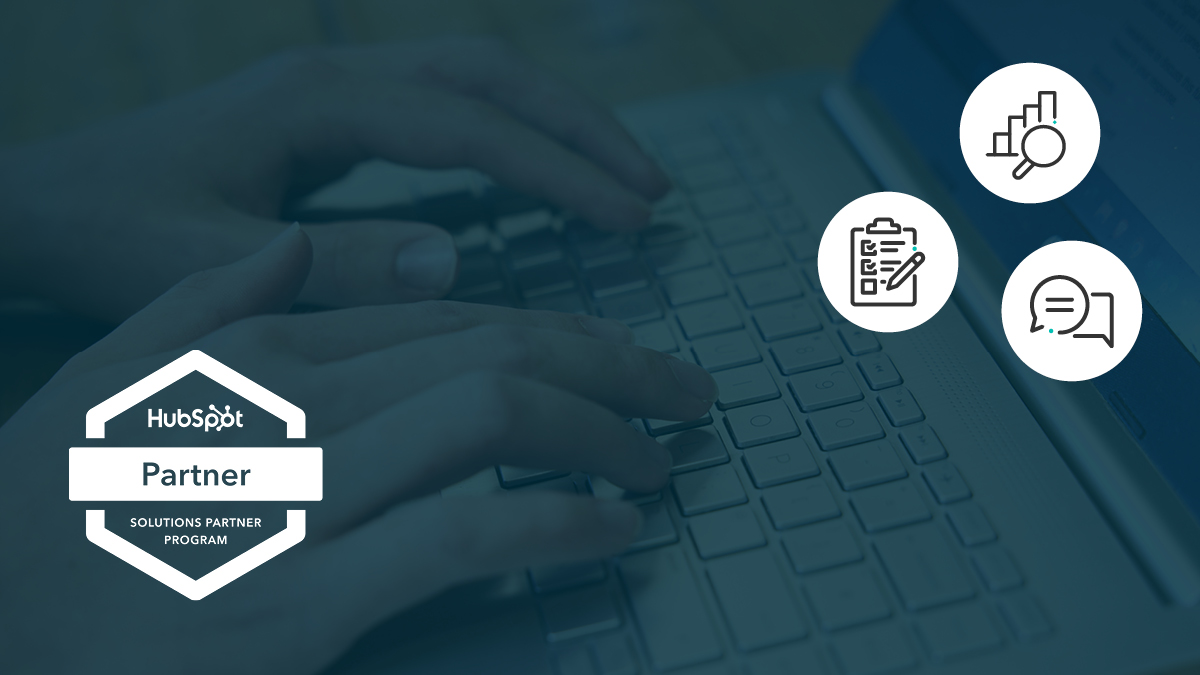In B2B marketing, there are some things you can plan for months in advance: your product launches, your annual events, even your budget review (complete with coffee and mild panic of course).
Then there are things you don’t plan for, because you think they’ll never happen to you. The product recall. The data leak. The marketing campaign that gets the wrong kind of viral. Even CEO Coldplay kiss-cam moments.
And that’s not a criticism of anyone – NO ONE thinks it’ll be them. Employees at Astroneomer didn’t wake up thinking they’d be headline news. The ship stuck in the Suez Canal didn’t send out a “save the date”. Even if your operations are watertight, crises can come from anywhere – a cyber attack, a supply chain disaster or a negative TikTok review getting a million views overnight.
If you’re in energy and utilities, the stakes can be even higher. Customers rely on your product or service, and regulators keep a close eye on your every move. In this world, how you respond can make or break your brand’s reputation.
That’s why crisis readiness isn’t a “nice to have”, it’s survival. And while HubSpot might not be the first thing you think of when you hear “crisis plan”, it can be your secret weapon for spotting trouble early, keeping your message consistent and helping your team act fast under pressure.
Here are five quick ways to get on top of your crisis plan, and how to turn HubSpot into your crisis control centre.
1: Spot it early
Crises don’t usually arrive as a neatly labelled email. They often start as a tiny spark. A negative comment on LinkedIn, a sudden spike in support tickets or a journalist quietly asking questions.
The problem? You can’t have eyes on everything at once. That’s where HubSpot comes in.
Set up keyword alerts: Build workflows that trigger notifications when certain words or phrases appear in form submissions, customer service tickets or social mentions.
Tap into social listening: Integrate HubSpot with monitoring tools to track brand mentions, sentiment shifts and industry chatter.
Automate internal alerts: Configure HubSpot to send Slack, Teams or email alerts to your crisis response team the moment something unusual pops up.
The quicker you sport the issue, the more options you have. Wait too long, and the story might already be running without you.
2: Control the narrative by filling the voice. Or someone else will.
In a crisis, silence is rarely golden. The faster you can get the right message to the right people, the better your chances of steering the conversation.
HubSpot’s marketing tools let you create and deploy pre-approved, on-brand messages at speed:
Templated content for speed: Prepare crisis email templates, landing pages and social posts in advance so you’re not drafting from scratch under pressure.
Smart segmentation: Use HubSpot lists to target exactly who needs to hear from you, whether that’s customers in a specific region, regulators or your own employees.
Tailor tone and format: You may need different messages for the press, internal teams, customers and partners. HubSpot helps you manage and adapt these quickly.
What if you’re late to react?
If the narrative has already taken shape, use HubSpot’s segmentation and publishing tools to deliver your side quickly, consistently and widely. And keep reinforcing it across all channels.
3: Communicate consistently
One of the golden rules of crisis comms: no mixed messages. The moment different channels tell different stories, your credibility takes a hit.
With HubSpot, you can align your communications across email, social, live chat, landing pages and more, all from one central place.
Unified content calendar: See and schedule every update in one view to keep messaging consistent.
Automated updates with a human touch: Pre-schedule factual updates while reserving space for empathetic, human responses where needed.
Internal + external in sync: Use HubSpot’s internal communications workflows to ensure your team gets the same accurate information as your customers. No “I read it on X first” moments.
4: Track, learn and adapt
Crises evolve. Sentiment can swing hourly. New facts emerge. What worked this morning might be wrong by lunchtime.
HubSpot dashboards give you real-time visibility into how your communications are landing:
Monitor engagement: See open rates, click-throughs and response volumes at a glance.
Track sentiment shifts: Integrate social sentiment tools and pull the data into HubSpot for a centralised view.
Adapt fast: Use live performance data to tweak messaging, channels or frequency on the fly.
Then, once the dust has settled, use HubSpot’s reporting to run a full debrief: What landed well? Where did you lose time? What questions kept coming up? Feed these insights back into your crisis plan so you’re stronger next time.
5: Treat HubSpot as your comms safety net
HubSpot is more than a CRM in a crisis, it’s the place where your teams, channels and data come together so you can stay calm, clear and coordinated.
With the right preparation, you can use HubSpot to:
- Spot trouble earlier
- Respond faster with ready-to-go assets
- Keep every channel on-message
- Monitor impact in real time
- Learn and improve for next time
The result? When things go wrong, you’re not scrambling to remember who has the press list or trying to dig a customer segment out of an old spreadsheet. You already have the tools, the processes and the people ready to go.
Be prepared or prepare to fail
Ugh. Sorry to use such a cliche as a sub-head. But, there’s no better way to put it. You don’t learn to swim when you’re already in deep water. The same goes for crisis comms.
In the energy and utilities space, where trust and reliability are non-negotiable, a well-drilled plan and the right technology can be the difference between protecting your reputation or watching it sink.
HubSpot won’t write your apology or answer awkward journalist questions, but it will give you the infrastructure, visibility and speed you need to do those things well.
Our PR and HubSpot specialists can help you:
- Audit your current readiness
- Build your crisis comms workflows in HubSpot
- Create your ready-to-deploy templates and lists
- Run realistic, high-pressure simulations to stress-test your plan
So if you need to get something in place, or react, get in touch today.






 Alexander Costello
Alexander Costello
 Raven Wheatley-Hawkins
Raven Wheatley-Hawkins
 William Tomaney
William Tomaney






.png)


